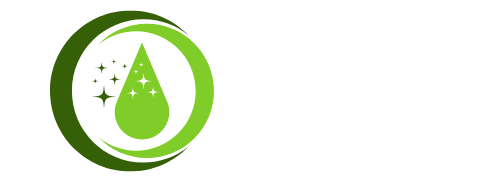Yellow Corn Animal Feed
Specifications:
- Moisture Content: Usually between 12-14% to prevent spoilage.
- Protein Content: Varies but typically around 8-10%.
- Crude Fiber: Usually around 2-3%.
- Fat Content: Typically around 4-5%.
- Metabolizable Energy: Provides a high level of energy for animal diets.
Usage:
- Livestock Feed: Primarily used as a source of energy for cattle, poultry, pigs, and other livestock.
- Supplementary Feed: Often mixed with other grains and feed components to create balanced animal diets.
- Feed Pellet Production: Ground and processed into pellets for ease of consumption and digestion by animals.
Storage and Handling:
- Packaging: Available in bulk quantities, often stored in sacks, containers, or silos suitable for wholesale distribution.
Yellow corn used for animal feed is a crucial component in livestock diets, providing essential nutrients for their growth and health. Here’s an overview of our yellow corn intended for animal feed, including its description and specifications:
Yellow Corn Animal Feed:
Description: Yellow corn, a cereal grain, is commonly used as a staple in animal feed due to its high energy content and nutritional value. It is a large-grain variety of maize, featuring bright yellow kernels.
Characteristics:
- Appearance: Large, bright yellow kernels, typically dried and processed for animal consumption.
- Nutritional Value: Rich in carbohydrates, providing energy to animals, along with moderate protein and fiber content.
- Storage Conditions: Stored in cool, dry places to prevent moisture absorption and maintain quality. Proper ventilation is essential to avoid mold and spoilage.
Conclusion: Yellow corn, an essential component of animal feed, serves as a valuable source of energy and nutrition for livestock. Its high-energy content and balanced nutritional profile make it a key element in formulating well-rounded diets for various animals in the agricultural sector.





